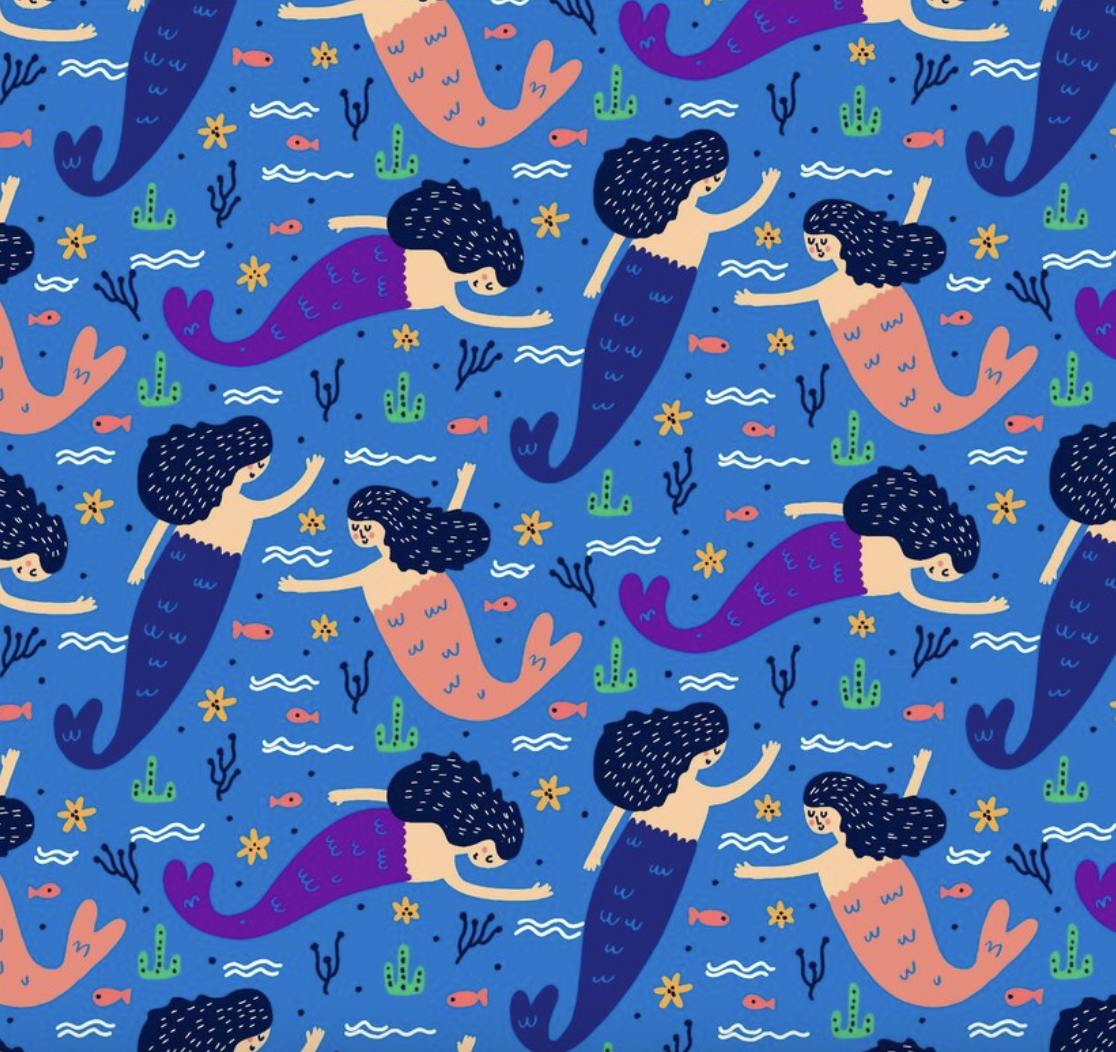Competitive swimming has recently embraced biomimicry and brought about biomimetic swimwear, which is inspired by sea animals like fish and sharks. This swimwear aims to reduce drag while increasing the speed of the swimmers. This clothing boosts performance by imitating various textures and forms that are unique to these animals. Swimmers gain a competitive advantage from this fresh move that merges nature with technology in line with biomimetics.
Biomimicry Principles in Design
Biomimicry is a science that involves studying nature’s solutions for addressing human problems. For instance, research in swimwear design has looked at how marine creatures such as sharks and fish successfully navigate through water without generating much resistance. Fish have scales, while sharks have skin that contains microscopic structures, resulting in reduced friction forces and turbulence.
The aim of fashioning swimsuit materials after these natural adaptations is to enable swimmers to cut through the water with less resistance, increasing their performance. For those interested in sports advancements, download Melbet to bet on swimmers who benefit from such high-tech gear in competitive events.
Characteristics of Biomimetic Swimwear
Some features of biomimetic swimwear intended to optimise the swimming abilities of athletes include:
- Fabrics with a texture similar to sharkskin: These fabrics have small tooth-like protuberances that improve the flow of water, thereby reducing drag, just as the dermal denticles found on shark skin do.
- Scale-like fabrics: They mimic fish scales and are arranged in ways that streamline water flow, thus reducing turbulence and speeding up movement.
- Hydrophobic coatings: These advanced treatments resist the absorption of water, keeping the costume dry and light, reducing drag further.
All these characteristics combine to help swimmers move better through water and keep them moving at higher velocities while using less energy.

Technological Innovations in Fabrics
Biomimetic swimsuits have taken advantage of advanced materials and manufacturing techniques to mimic the hydrodynamic characteristics of marine animal skins. The new features include nanoscale textures as well as water-repellent coatings that dramatically decrease drag and improve swimming performance.
A Case Study of Swimwear Performance
Top athletes have proved that biomimetic swimwear works in major competitions. During the Beijing 2008 Olympics, many competitors, including Michael Phelps, wore swimsuits inspired by those worn by sharks, which helped them achieve great results. It is worth reminding that most of Phelps’ achievement was because he had put on suits that minimise friction, thus increasing his speed while swimming.
Likewise, Rebecca Adlington also broke records, showing how valuable this innovation is. Since these costumes can streamline water flow and decrease resistance, they give a competitive edge, making it reasonable to use biomimetic biology in sports on a global scale.
Scientific Research Supporting Biomimicry
Research has revealed that using biomimetic patterns improves swimwear function. For example, one study from the University of Alabama found that shark skin design on surfaces could reduce drag by 7%. This was shown during experiments conducted with swimmers on flume simulators and wind tunnels where materials were used and considerably developed fluid dynamics for better travelling underwater.
Furthermore, NASA’s tests confirmed the ability of these microstructures to minimise forces caused by air friction while an object is moving through its medium at high speeds. When combined with real-life situations, laboratory findings not only enhance competition but also set world records for high-profile races.
Regulatory Considerations
The introduction of biomimetic swimwear has led to significant regulatory considerations within competitive swimming. Hence, governing bodies like FINA have imposed strict guidelines in an effort to foster fairness in competition and also embrace technological advancements. These regulations touch on a number of key areas:
- Material Restrictions: Restricting the types and quantities of materials used in swimsuits to prevent unfair advantages.
- Buoyancy Limits: Checking that swimsuits do not excessively aid buoyancy, thus leading to biased performance outcomes.
- Thickness Guidelines: Regulating the thickness of swimsuit fabrics so as to preserve a level playing field among participants.
These measures balance innovation with fairness, making sure that athletes’ natural talent and hard work are not drowned by technology’s advances.

Future Developments in Swimwear Design
Future developments in swimwear design will most likely revolve around further integrating technology with nature-inspired innovations. For example, researchers are considering the use of smart fabrics containing sensors that monitor physiological data, thereby providing immediate feedback for athletes and coaches. In addition, progress made in nanotechnology could lead to more hydrophobic fabrics, further enhancing water resistance.
Also, sustainable materials, such as biodegradable ones or recycled options, are expected to become more prominent due to increased environmental consciousness within the sportswear design industry. As these breakthroughs develop, swimwear will adapt for best performances under regulation.
Biomimetic swimwear has transformed competitive swimming by merging nature-inspired design with advanced technology. What this means is that athletes can now perform better than before because of these new technologies brought about by biomimetic clothing. Accordingly, further enhancements are expected from future developments in swimwear as material science and technology continue heading towards achieving greater strides for swimmers involved at all levels of competition.



